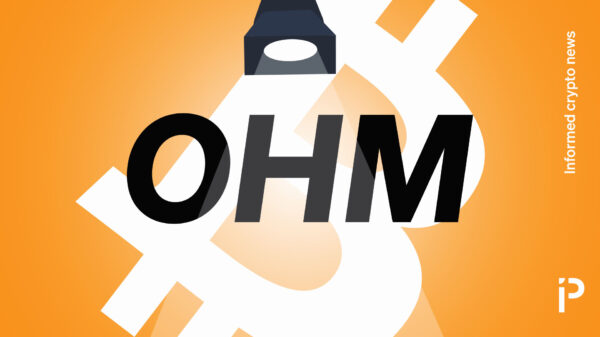As quantum computing advances, concerns about its potential impact on Bitcoin security are becoming more pronounced. Analyst Willy Woo has provided insights into how Bitcoin users can shield their assets from future quantum threats. His recommendations focus on utilizing Segregated Witness (SegWit) wallets and adopting a long-term holding strategy.
The primary risk posed by quantum computers lies in their capacity to undermine existing cryptographic safeguards. Traditional Bitcoin security hinges on private keys, and Woo indicates that upcoming quantum technologies could reverse-engineer these private keys from public keys. Current Taproot addresses, which begin with “bc1p,” expose public keys within their structure, making them susceptible to quantum attacks.
In contrast, SegWit addresses that start with “bc1q,” along with legacy addresses beginning with “1” or “3,” offer enhanced security. These wallets conceal public keys until a transaction occurs, thus providing an interim layer of protection against quantum threats. Woo advocates for transferring Bitcoin to SegWit addresses and refraining from transactions until the network implements quantum-resistant solutions, which he predicts may take approximately seven years.
SegWit Benefits for Bitcoin Security
Launched in 2017, SegWit was designed to enhance Bitcoin”s scalability by separating digital signatures from transaction data, allowing for more transactions per block and reducing fees. Additionally, it addresses transaction malleability issues. Woo emphasizes that SegWit”s architecture further fortifies security against quantum computing by keeping public keys hidden until actual spending takes place. Users are encouraged to minimize transaction frequency to maintain this defensive advantage.
Moreover, SegWit supports advanced technologies like the Lightning Network, making it a viable option for Bitcoin holders concerned about emerging risks.
Criticism of Quantum Computing Concerns
Some industry experts argue that the threat posed by quantum computing to Bitcoin is overstated. Charles Edwards, founder of Capriole Investments, criticized Woo”s approach, stating that SegWit does not constitute a robust protection model and that the network should be upgraded without delay. Others, such as Bitcoin advocate Michael Saylor, assert that claims of imminent quantum threats are mere marketing ploys, suggesting that effective quantum computers capable of breaching Bitcoin”s cryptographic defenses are still decades away.
Despite these differing views, a consensus exists around the necessity for proactive measures. Woo notes that Bitcoin stored in ETFs, corporate treasuries, or cold storage could remain secure if custodians adopt appropriate protocols. Additionally, wallet applications can facilitate the transfer of remaining coins to safer addresses post-transaction to mitigate risks.
While the quantum threat looms, Woo maintains that Bitcoin”s resilience is a key factor. He emphasizes the distinction between temporary protective measures and the need for permanent upgrades to the network to ensure long-term security.

























































